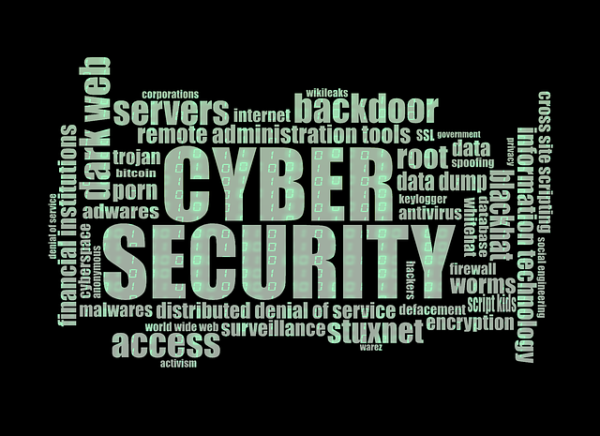With technology becoming ever more sophisticated, business owners will need to stay current when it comes to preventing the latest threats to cybersecurity. As data attacks continue to worsen, it’s important that you implement the latest protections and observe best practices in improving and maintaining your organization’s cybersecurity environment.
You wouldn’t want to expose your business to hackers and third-party entities. Likewise, you wouldn’t want to suffer costly damages to the bottom line and reputation which follow a data leak. If you are not sure where and how to get started in keeping your business current with the latest security tools and approaches, consider these essential steps:
- Learn about the latest threats
Enhancing your business’s defenses against hackers should start with awareness. Cyber threats keep changing, and you need to learn more about the latest ones in order to stay prepared and vigilant. Doing so helps you invest time and resources in cybersecurity strategies that work well against such risks.
The best way to keep yourself well-informed is by following blogs and social media pages that discuss cybersecurity, along with the different measures businesses must take to reduce their exposure. You can also search online for case studies and other resources on cybersecurity that are relevant to your sector.
Perhaps the most popular source for everything that’s related to cybersecurity is Brian Krebs. His website contains in-depth information on the latest methods that cybercriminals are using. You can also check out other popular blogs on cybersecurity, such as the Hacker News and Tripwire’s “The State of Security.”
- Audit your cybersecurity infrastructure
A cybersecurity audit is integral to improving your network. You will need to determine how your organization measures up to current security standards and best practices.
In particular, an audit helps you address gaps and weaknesses in your cybersecurity infrastructure. It also maps out your organization’s exposure and enables you to focus on components and features that will provide the most benefit in the long run. You just need cybersecurity specialists who can also run an audit on your existing infrastructure.
- Find the right people for the job
To initiate an audit, you can assign the process to your internal IT team. Your IT team should have the proper certifications for handling any and all cybersecurity-related tasks. It pays to have a certified ethical hacker or a certified information systems auditor who can assess and monitor your organization’s vulnerabilities.
You also have the option to hire a third-party solutions provider in case your business lacks time and resources for building an internal team. Make sure to choose a company with the ability to handle everything from auditing your security system to enterprise penetration testing. These are crucial to setting up robust protection against data leaks, brute-force attacks, DNS tunneling attacks, SQL injections, and other types of cyberattacks.
Confronting cyber threats is not an easy task, so you’d do well to hire an expert in the field to help improve your security infrastructure.
- Update all your tools
It might seem tedious to update your devices, but taking the time to download the latest patches can benefit your organization in the long run.
Software manufacturers require end-users to update their products regularly. Digital platforms and tools can become outdated and highly vulnerable to the latest threats. Downloading up-to-date security patches helps to mitigate the effects of these threats and strengthens your organization’s defenses.
It’s always a good practice to update your PCs and other tools regularly. It can be burdensome due to the amount of downtime it brings, but it’s a small price to pay in protecting your business against hackers. As much as possible, never hamper software updates, especially those that bring added security features.
- Improve IT governance
Cybersecurity still depends on how you and your employees follow security protocols, especially when accessing cloud-based accounts. Your best defense against the latest threats is through conscious action, so it’s important that everyone observes healthy online and offline habits that mitigate the risk of a data leak.
It’s important that you review your current employee’s manual and check if the guidelines on data security and privacy address today’s risks. You may sit down with your IT team and discuss additional protocols and mitigating measures in light of these risks.
Investing in cybersecurity is a continuous process. Considering the evolving nature of cybercrime, you need to make sure you are keeping track of your organization’s defenses and making necessary enhancements. Otherwise, you will be powerless against entities who might run your business to the ground.

